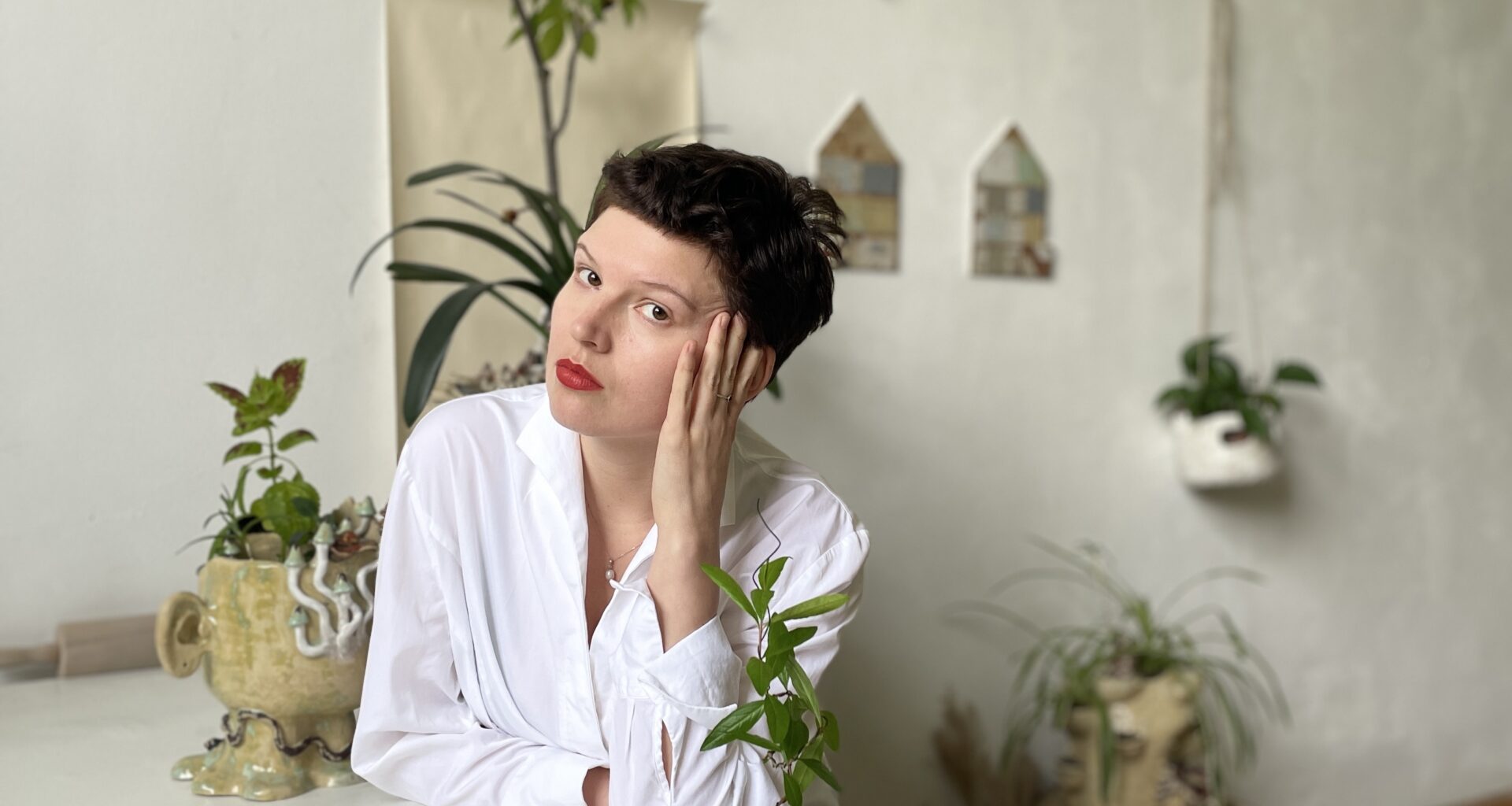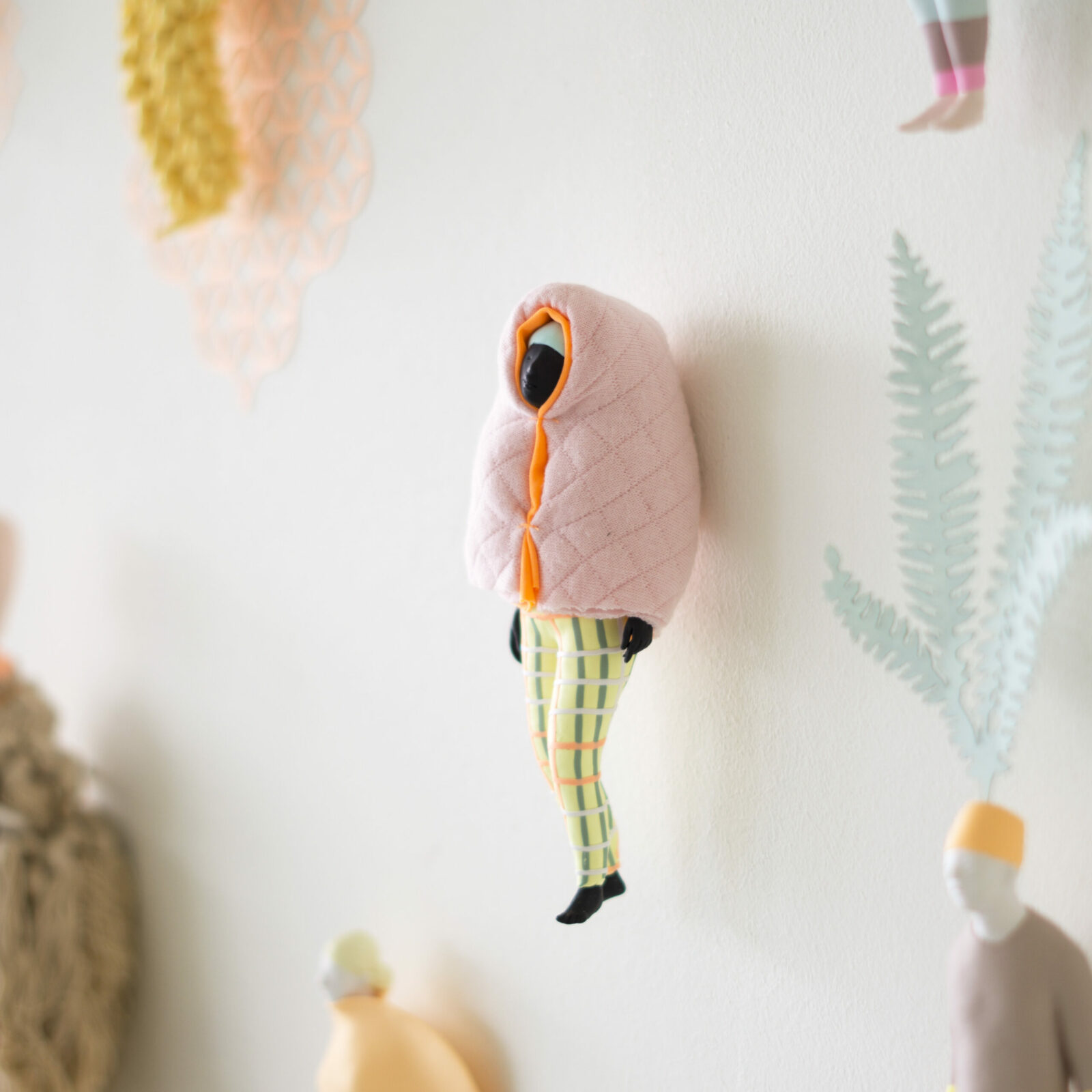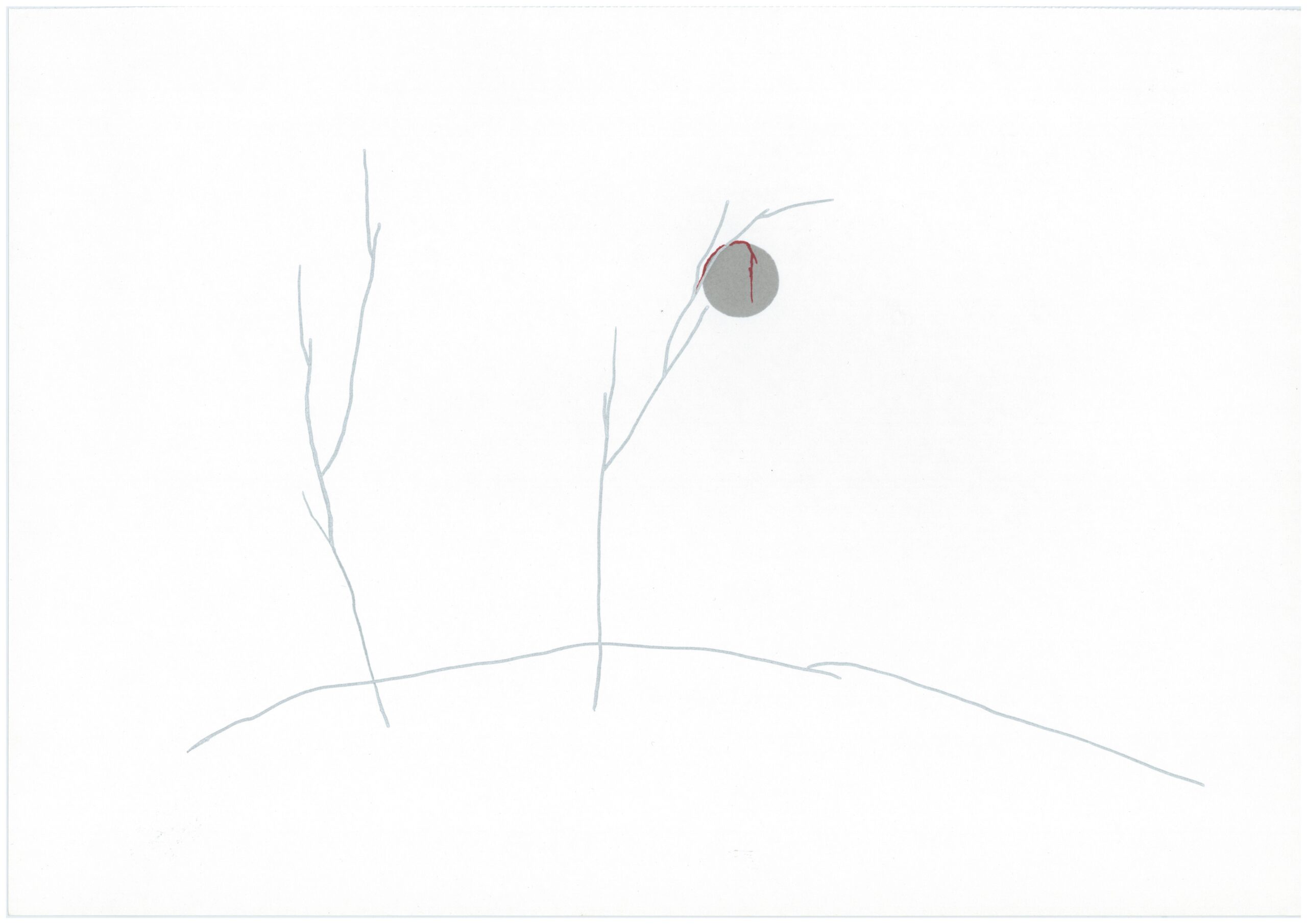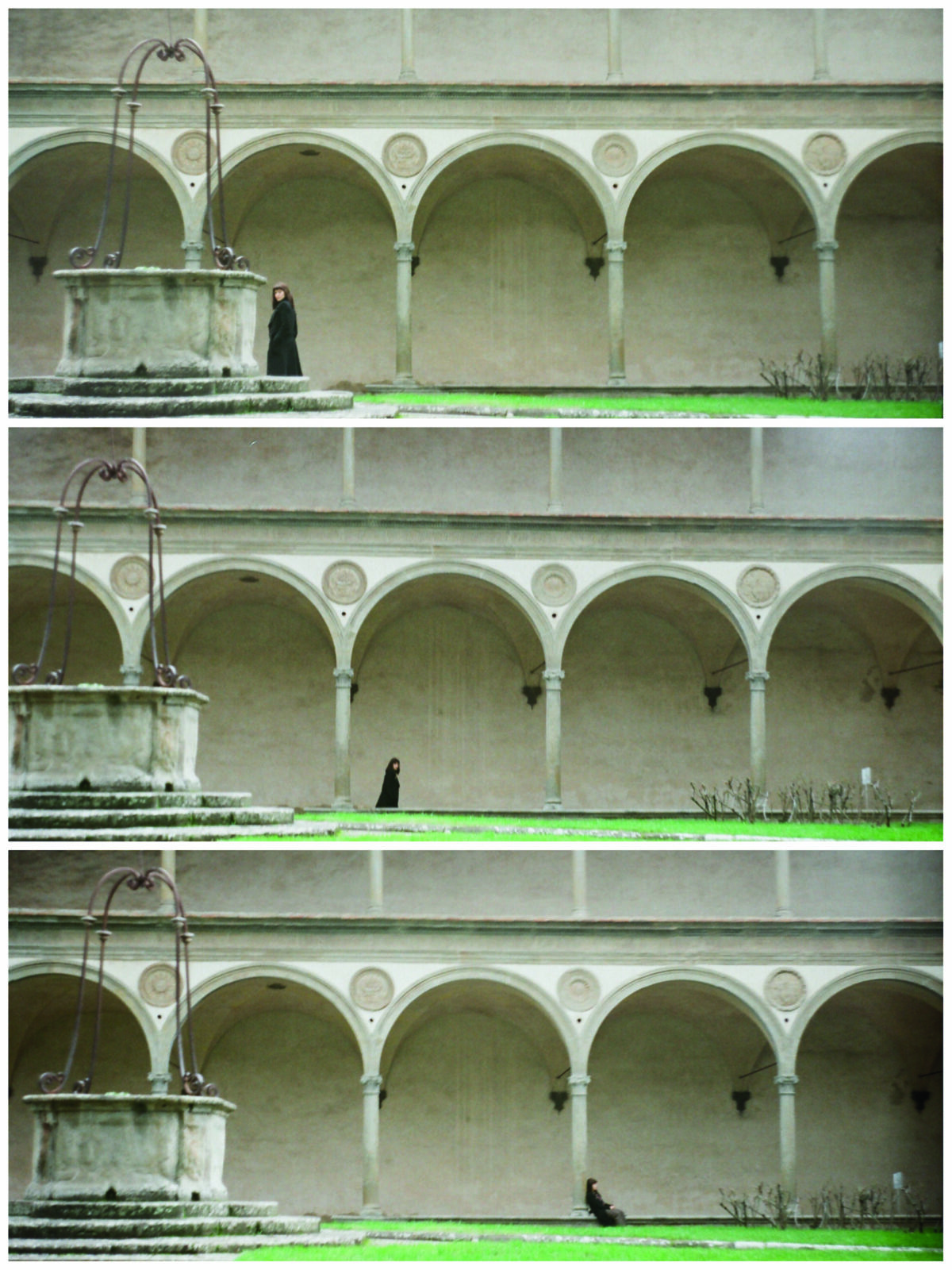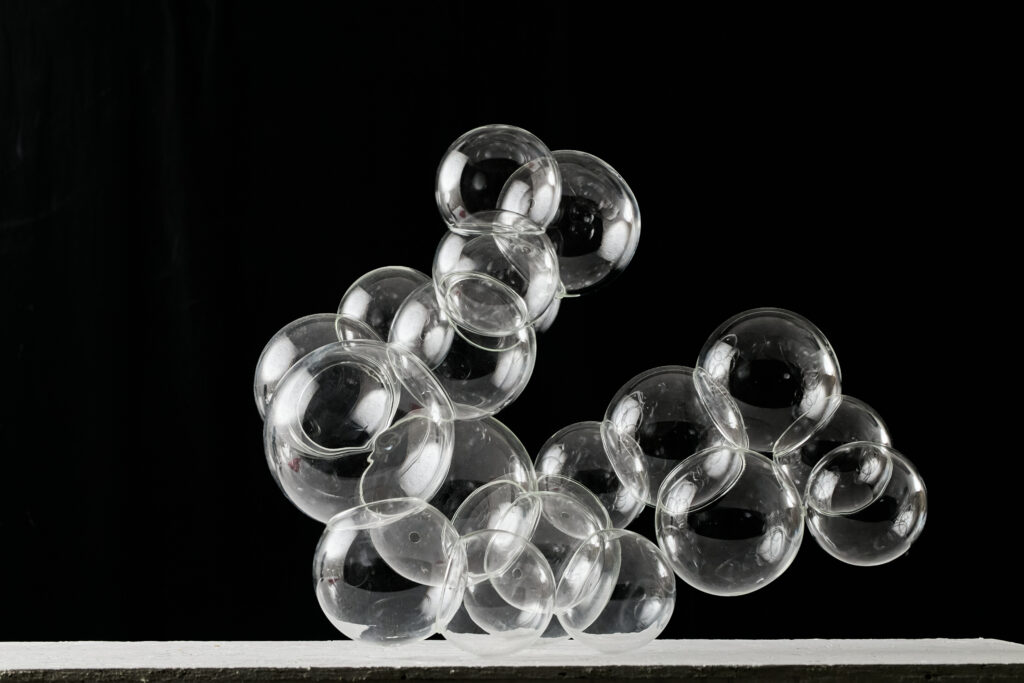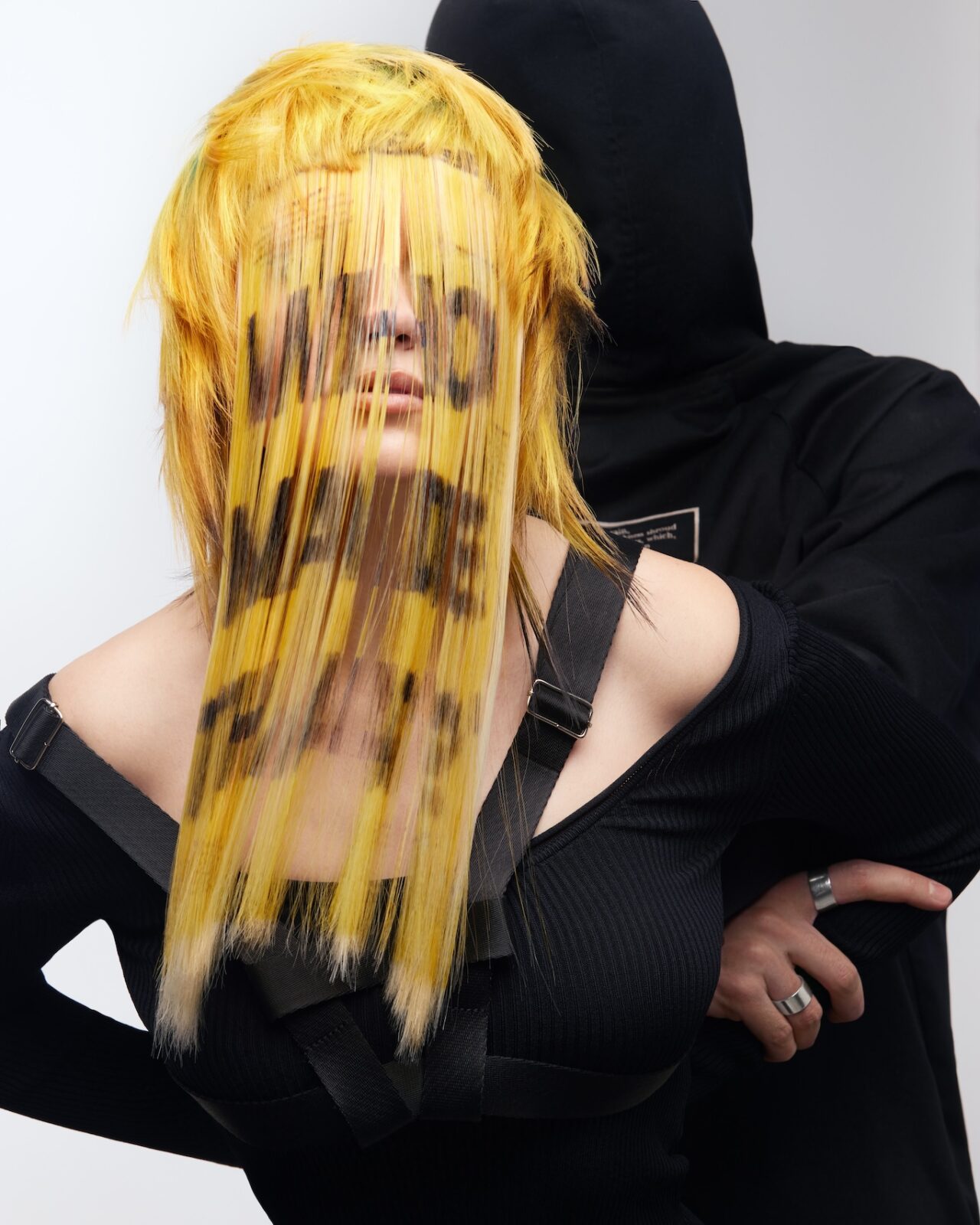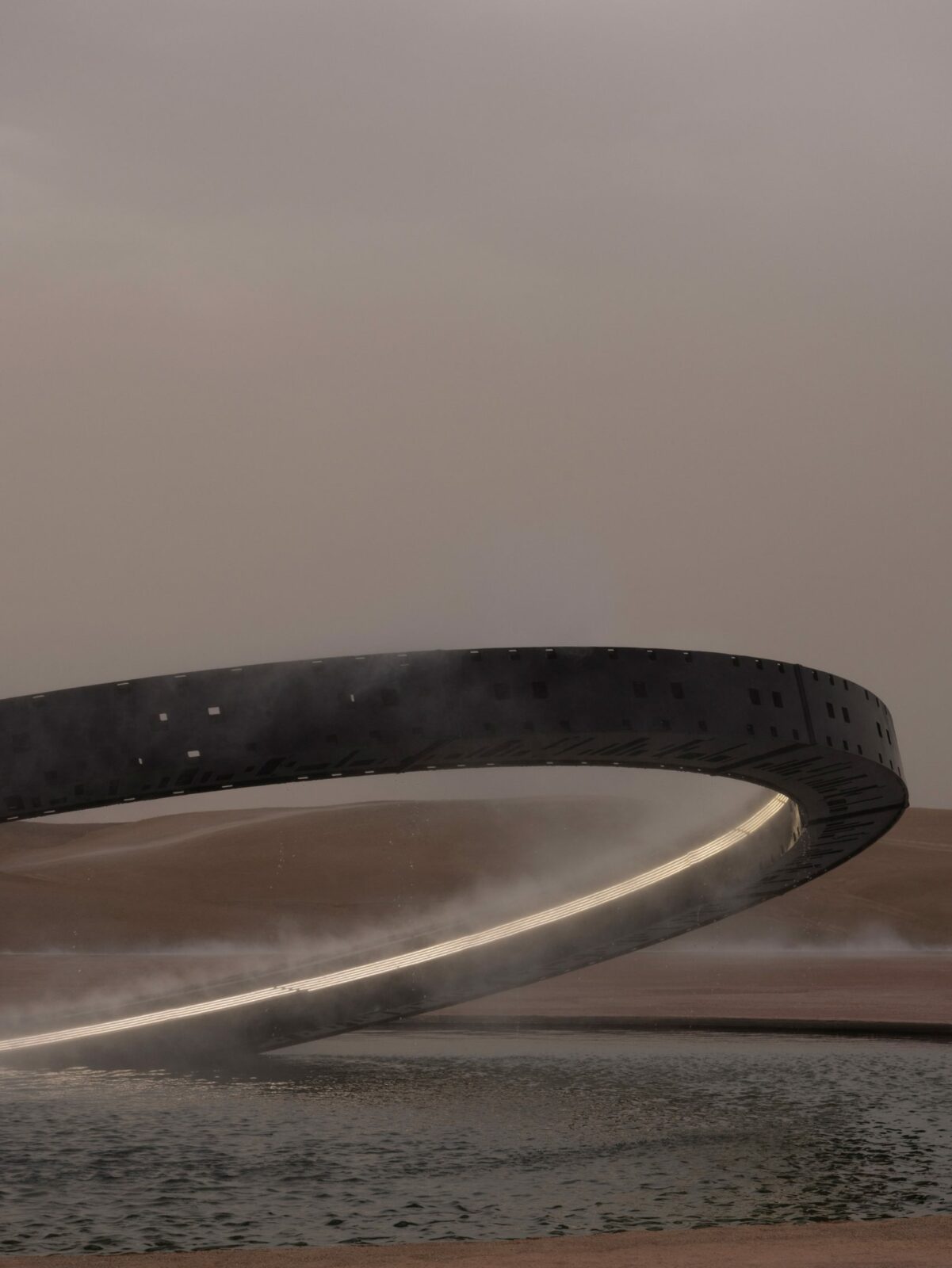Asya Marakulina is a notable figure of the St. Petersburg art scene. She has had solo and group exhibitions at all significant venues not only in the Northern Capital, but also in the country as a whole, and is especially remembered for decorating the New Year’s tree near the Manezh with question marks in 2021. Much has already been written about the “St. Petersburg period” in the artist’s work, so we decided to find out what she is doing now, having moved to Austria. In the interview, Asya shared her reflections on her past and talked about her present.
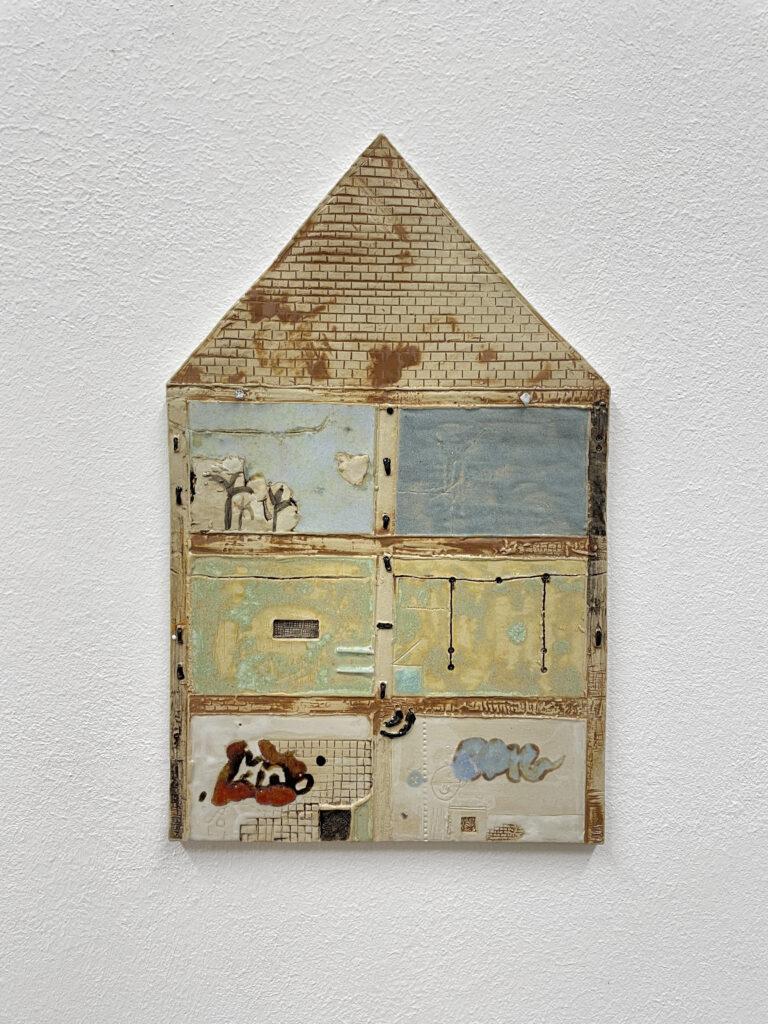
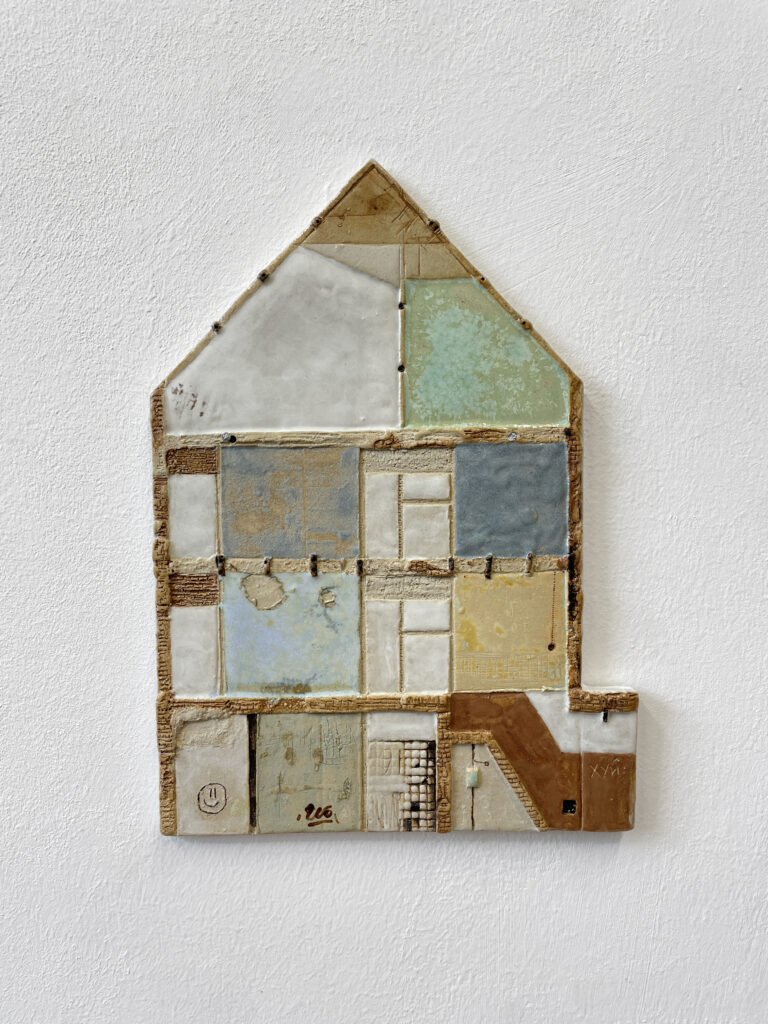
A year and a half ago you entered the Vienna Academy of Fine Arts. How do you like it in Vienna? How do you assess European education?
It’s hard to draw any conclusions yet – the first year here was more of an adaptation after the move. It’s hard for me to remember that time: all the events seemed to pass me by in a single rapid stream, and it’s difficult to single out anything in particular now.
My move happened in 2022 – when news was pouring in like Armageddon and my nerves were in a tangle. Plus, adjusting to a different country is always unimaginably stressful. Moving to Vienna, a city completely unknown to me, only added to the overall stress.
I had always thought about getting a European education: ever since my school days, when I studied German and considered studying in Germany. However, back then it all seemed too complicated and incomprehensible to me.
Once again European education came to the focus of my attention during my studies at the Pro Arte Foundation in St. Petersburg. However, at the same time my career (within the framework of St. Petersburg and Russia) began to develop actively, so the thoughts of studying in Europe again went to the background.
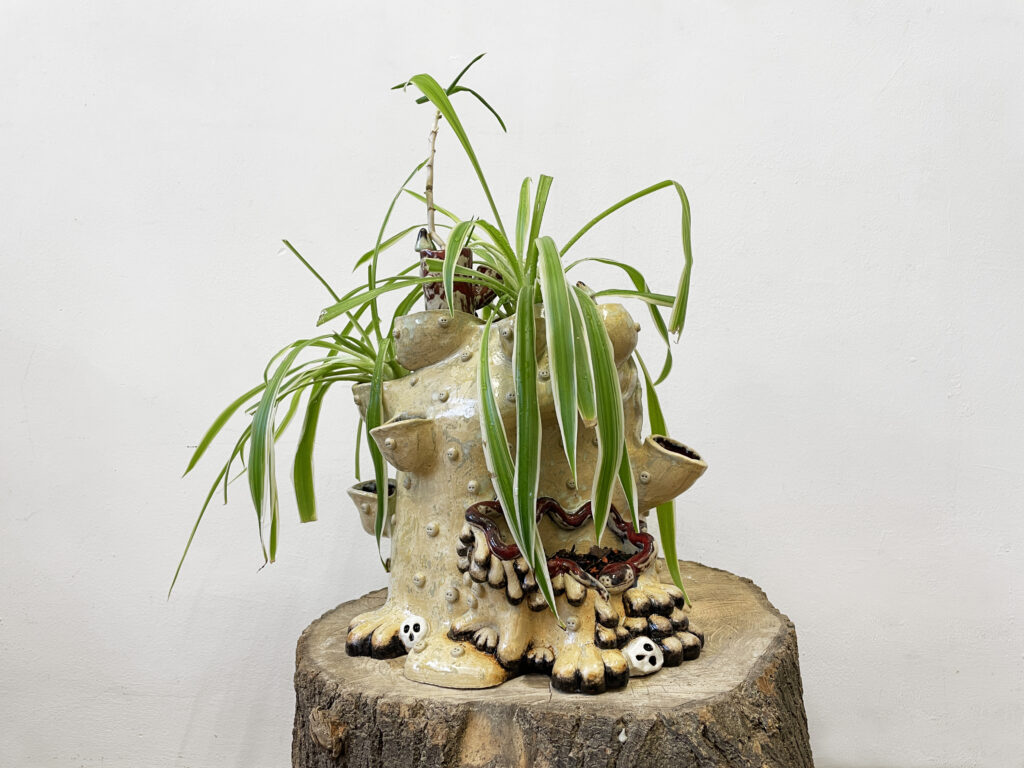
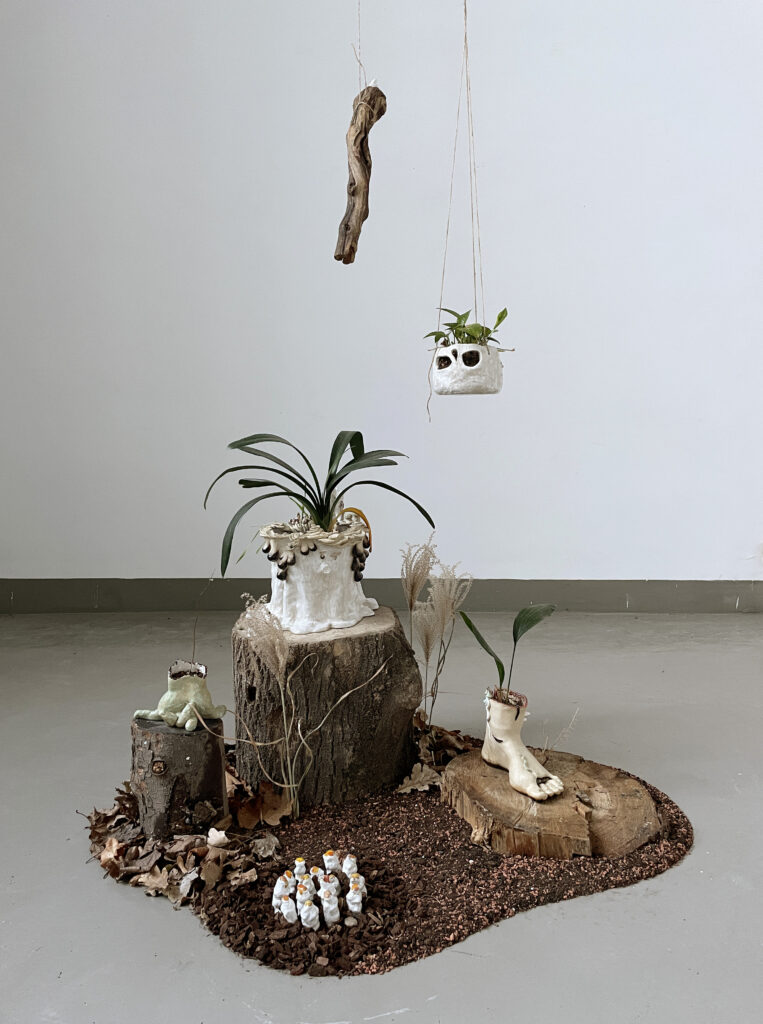
The question of studying in Europe came to a head in the last years before I left, when I began to feel a certain sense of stagnation: the local art scene was not flexible and adaptable enough, especially in the direction of contemporary art. I felt increasingly disinterested in having exhibitions in the same places over and over again. My future was very clear – and I wasn’t happy about it at all. I was desperate to develop, and in the last year I devoted a lot of energy and time to regional projects: with my native Perm, but also with Samara and Moscow. And when the war broke out, I felt that the moment had come – it was now or never.
Education in my understanding is something fundamental: not just study, but a way of learning how to find a balance and how to communicate with professionals. It was education that allowed me to work in local workshops and opened the door for me to integrate into the local community of artists.
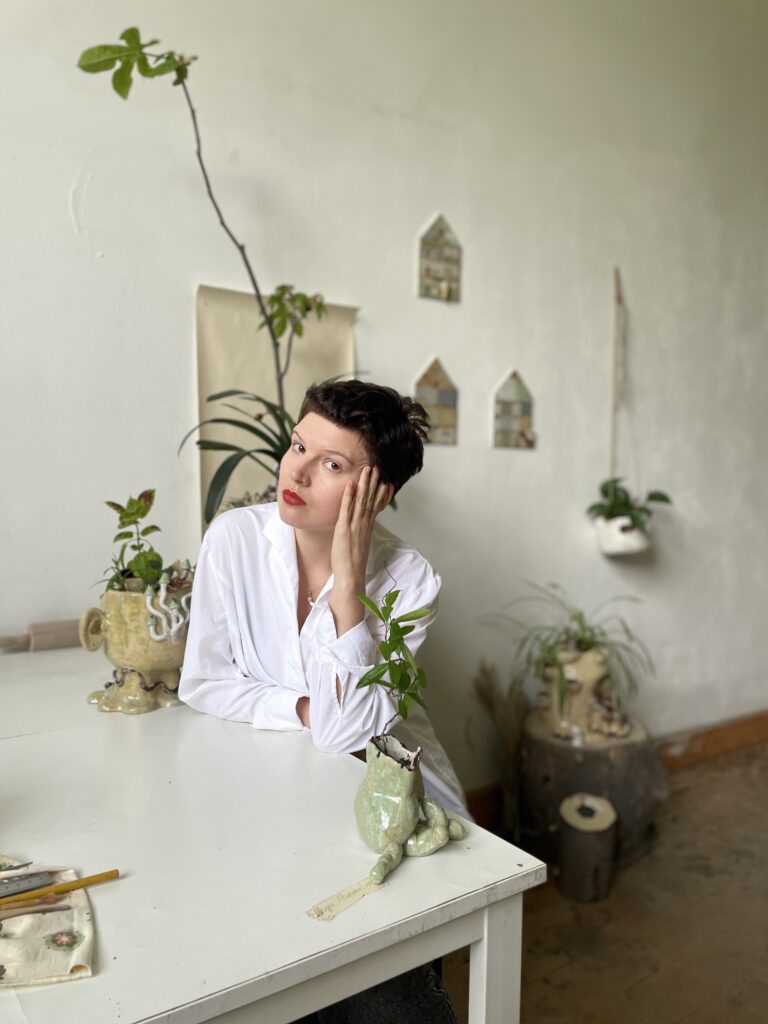
So, in the near future, you are planning to build your career in Europe?
I have recently learned not to think too much ahead. I am now in the fourth semester of my studies, and I have at least 2-3 more years to study. Anything can happen in that time, and I can’t predict where I’ll end up.
I think that by the time I leave I have achieved everything I wanted to achieve in St. Petersburg – although, of course, you can always do better. After going through the adaptation period in Vienna, you realize that many areas and spheres in Russian art are still completely unexplored and are just waiting for their discoverers, while here the environment is already established, even hardened, and you have to get used to that too. My illusions that you can quickly start and develop a career in art in Europe have been dispelled. Here you have to build social connections just as carefully (and sometimes more so) and start from scratch.
I am now immersed in typical student life, as ordinary as it can be, given my education and experience. My European peers are thoughtful people, with a strong intellectual base in art theory and philosophy and extremely well-developed critical thinking. This is intriguing, and I struggle to overcome the language barrier to better understand them.
Were you shocked by the difference in worldviews?
I was not shocked, but I felt as if we were from completely different planets. It was as if I had come to them from a completely different world – where people live in a string of endless adrenaline rushes, racing to survive. At the same time, interesting and even unique phenomena grow in the space of that chaos. Local art seems less emotional and as if it has less existential significance for people. Art here feels like just another life activity that you can engage in or not, at your discretion – as opposed to our perception of art as the final straw that holds your psyche together.
For me, art will forever be a foundational value, capable of helping me overcome any challenges and pave my life’s path. It is part of me, it is my core.
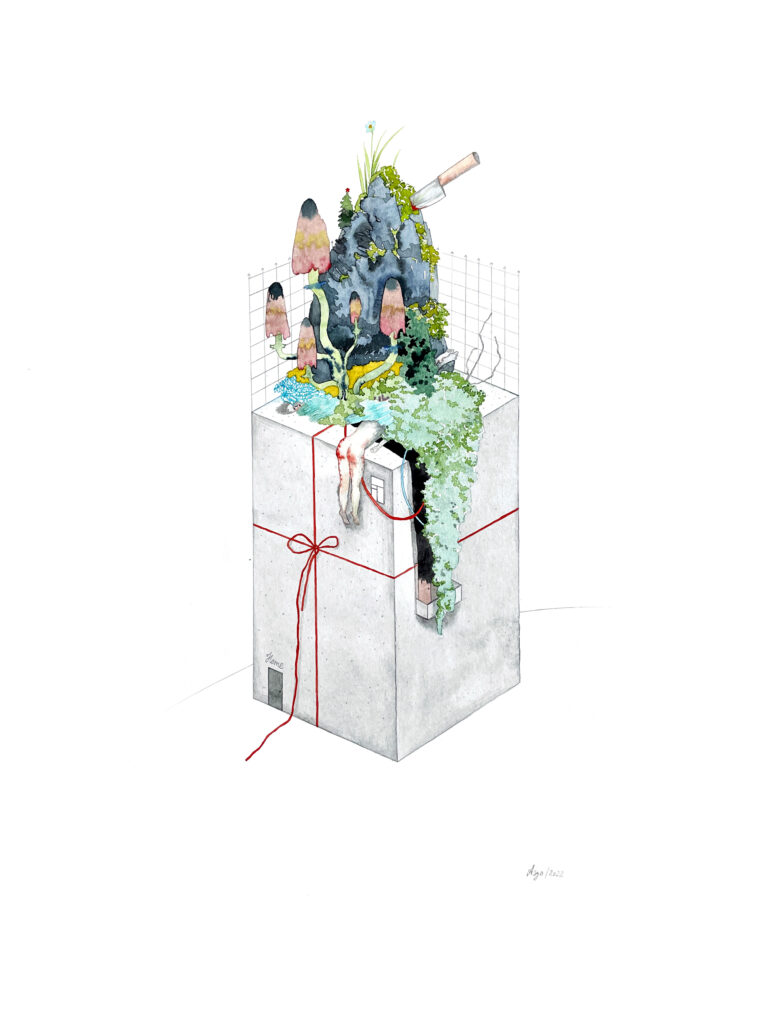
So the understanding of art itself is different there?
Judging from my observations of my European colleagues, art for the locals is a kind of intellectual work, a way of thinking about something. Akin to writing an essay – just a way to think about something. Art doesn’t grow into the gut of a person the way it does in Russia, or at least the way I feel it does. One could say that European artists are most attracted to the differences between contexts and attitudes observed among the communities and people around them.
How much more difficult is it to start again from scratch in a new environment?
I can’t fully compare these periods in my life, as they have been and are being experienced in completely different ways. In a certain sense, it was easier to start in St. Petersburg, because the environment and culture itself was closer and clearer to me. However, in other ways it was not easy at all, especially considering that I was still very young at the time. At that time I faced serious financial and domestic problems, worked as a naturist and a cleaner, lived in the worst communal apartments – it was all psychologically very hard.
Now that I have more life experience and financial stability, my outlook has changed. The ambitions that once drove me seem less important now. Today I am focused on doing things that truly interest me, such as exploring different materials and themes in my art. I care less about external recognition and more about fulfilling my true desires, which is not always easy.
I care less about external recognition and more about fulfilling my true desires, which is not always easy.
You write everywhere that you are attracted to simple everyday things. But what exactly shaped you: what books, movies, artists? What could ignite such curiosity about the world around you?
I think I was shaped by loneliness. As a child, while my parents were working, I read the Big Soviet Encyclopedia without end. At some point I got interested in geography and decided to learn all the seas of the world, just for fun. I can still poke any sea on the map without looking and remember its exact name.
My brother and I were left with my grandparents for the summer, where I had enough time to explore the nature around us and make up stories. Such “isolation”, it seems to me, contributed a lot to the birth of my special sense of observation, which I was able to further hone during my studies at art school. It was at school plein airs that I learned not just to paint, but to search for and creatively assemble elements of the environment into interesting holistic compositions. I remember my frank shock after watching Schwankmeyer’s Alice: I simply could not believe that such a thing was possible – this movie did not fit into the framework of my consciousness. In this respect, art becomes a pivot that shapes a person.
I was also very impressed by the movie Frida. After it, I realized that I wanted to become a real artist: not just to be able to draw and get some kind of profession related to visual art, but to become an artist, a creator. To work with meaning and ideas, to convey my thoughts and values through art.
Your recent works all seem to be imbued with a sense of hope: ceramics in which a flower is sure to take up residence; earth with sprouts sprinkled between the tiles; or an image of the sun breaking through the darkness. What is the most important theme for you right now?
I don’t feel like I’ve chosen anything as my main theme yet. I just have a shy feeling that I’m on the right path in this search, because for the first year after I moved, I was just ashes inside.
Even before the move, I began to experience a serious creative crisis, because to some extent I stopped seeing the meaning in my work. I had one incident that completely knocked me out of my rut: when I had to refuse to exhibit a harmless work because of the organizers’ self-censorship.
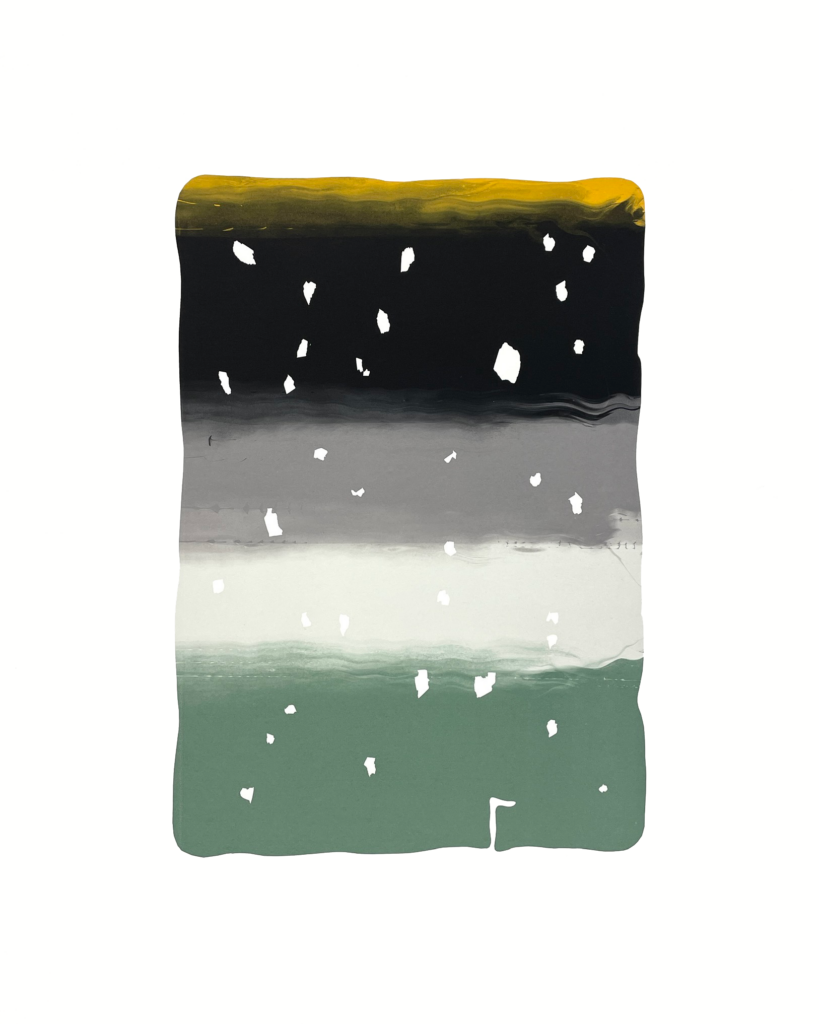
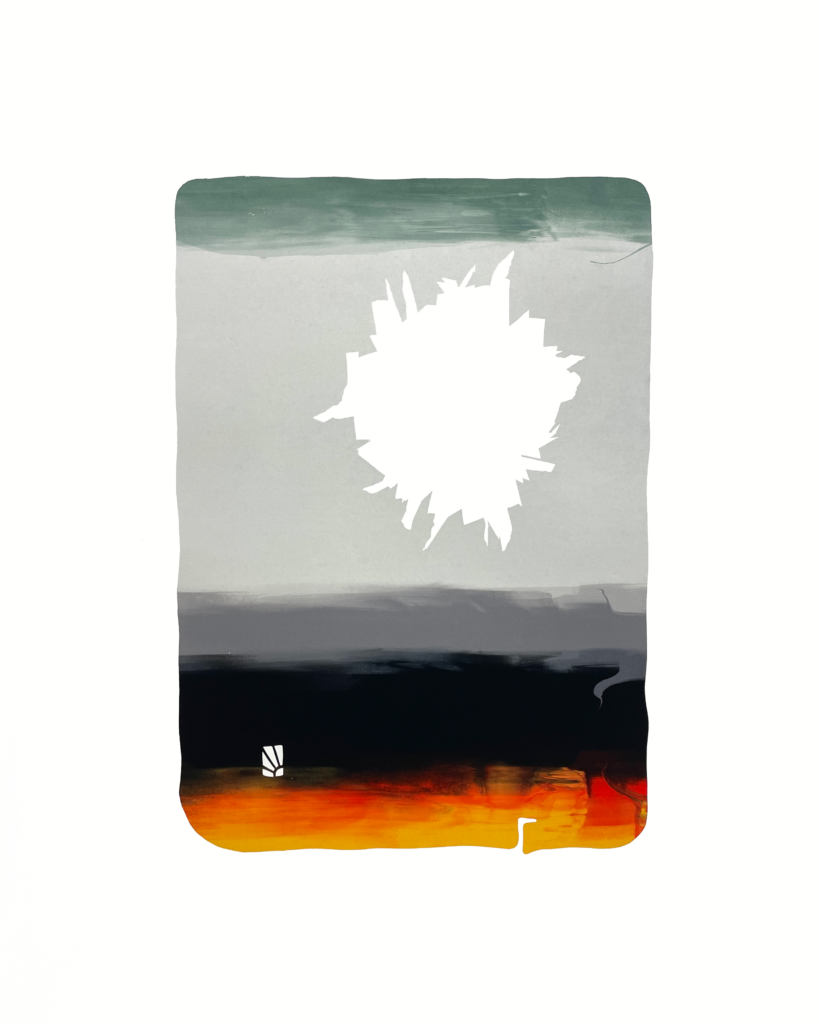
What was that project?
In 2020 or 2021, I was inspired to create a new project about friendship, love and hope. But it was censored for using the colors of the rainbow, which made me frustrated and questioned my ability to continue working under censorship. This period of frustration continued after I moved to another country, where I struggled to find the motivation to start creating again.
I gradually turned to ceramics, an art form I had not studied before while in Russia. This tactile practice helped me to deal with my feelings and recover. I have now started to create a series of “flower pots” with anthropomorphic features.
This series originally came about, of course, inspired by the events of February. In 2022, my husband and I were helping refugees a bit. I remembered a lot of chilling stories at the time, and decided to create a series on the theme of what would happen if it all suddenly stopped. To think about how nature would gradually recycle all the horrors that humans have done. The ability to regenerate is one of the coolest things about wildlife. I really love documentaries where scientists talk about what would happen to our cities if humans abandoned them. How quickly trees would start sprouting asphalt and how nature would consume our cities pretty quickly.
My pots are an image of how nature will swallow up all this nightmare and destruction, the remains of people and cities. Nature doesn’t make any complicated moral and ethical choices. It doesn’t matter to her who or what has done what, she is simply doing her job of continuing life.
It doesn’t matter to her who or what has done what, she is simply doing her job of continuing life.
In the course of the work itself, it seems to me that even the military theme itself has been digested, and now, when I look at my works, it seems to me that they are more about the spirit of the forest – about that fairy-tale feeling of nature, when everything seems to be animated. In this sense, art works like nature itself: it has the ability to process negative emotions and experiences into something less traumatic and even positive, to give hope.


